This project is a simple 8-bit counter using two 4-bit counter ICs. Powered by AA batteries and connected to LEDs, it visually displays counting up to 8-bits in binary. This works as a cool little visual display that can be displayed around the house or in a MakerSpace. It has no functional purpose, it is purely for display reasons only.
This project started as a found parts project after I found some 4-bit counters in school's student run makerspace. We had a whole wall of just 74xx ICs, which I had been going through, trying to figure out some of them did and find some 7-segment display decoders. These counters caught my eye. They are cascadable, so I could go up any number I wanted, as long as I had the LEDs for it.
After finding the datasheets (these ICs were old), I started bread-boarding a 4-bit counter with LEDs connected to the outputs. With that verified, I bread-boarded two counters cascaded, still using LEDs.
The next step for this project was to build a proto-board version using a 555 timer as a clock and 3D a cage for it. This version worked well, though the external battery pack was annoying and awkward.
Enter the PCB. Based on the bread-board and proto-boarded versions, I designed a PCB to minimize the footprint.
 sirmylesavery
sirmylesavery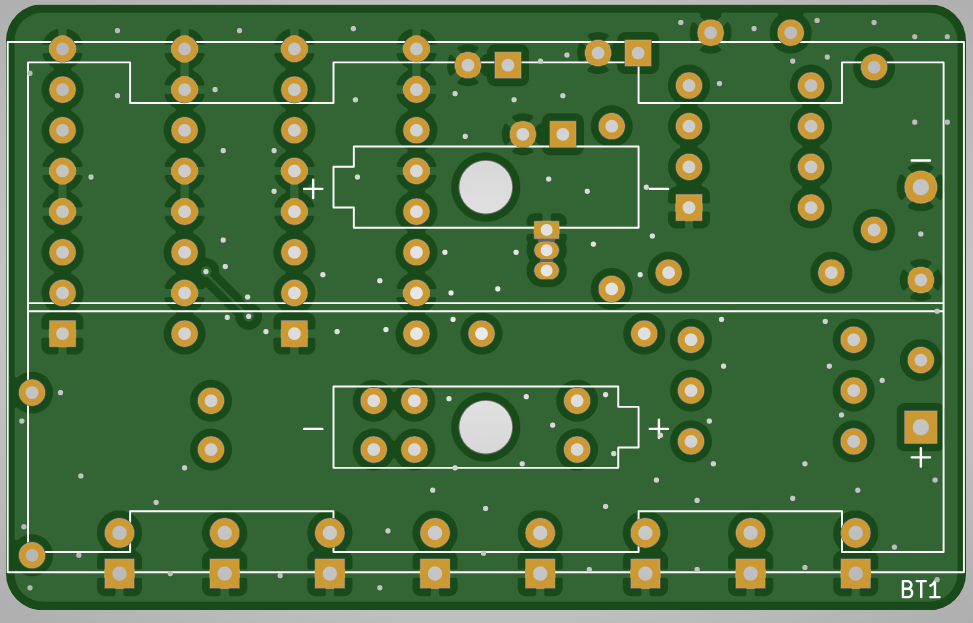

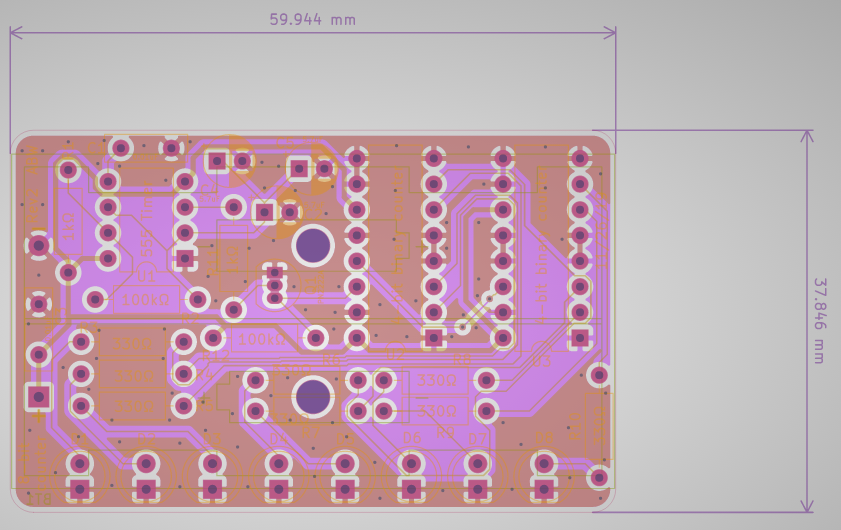
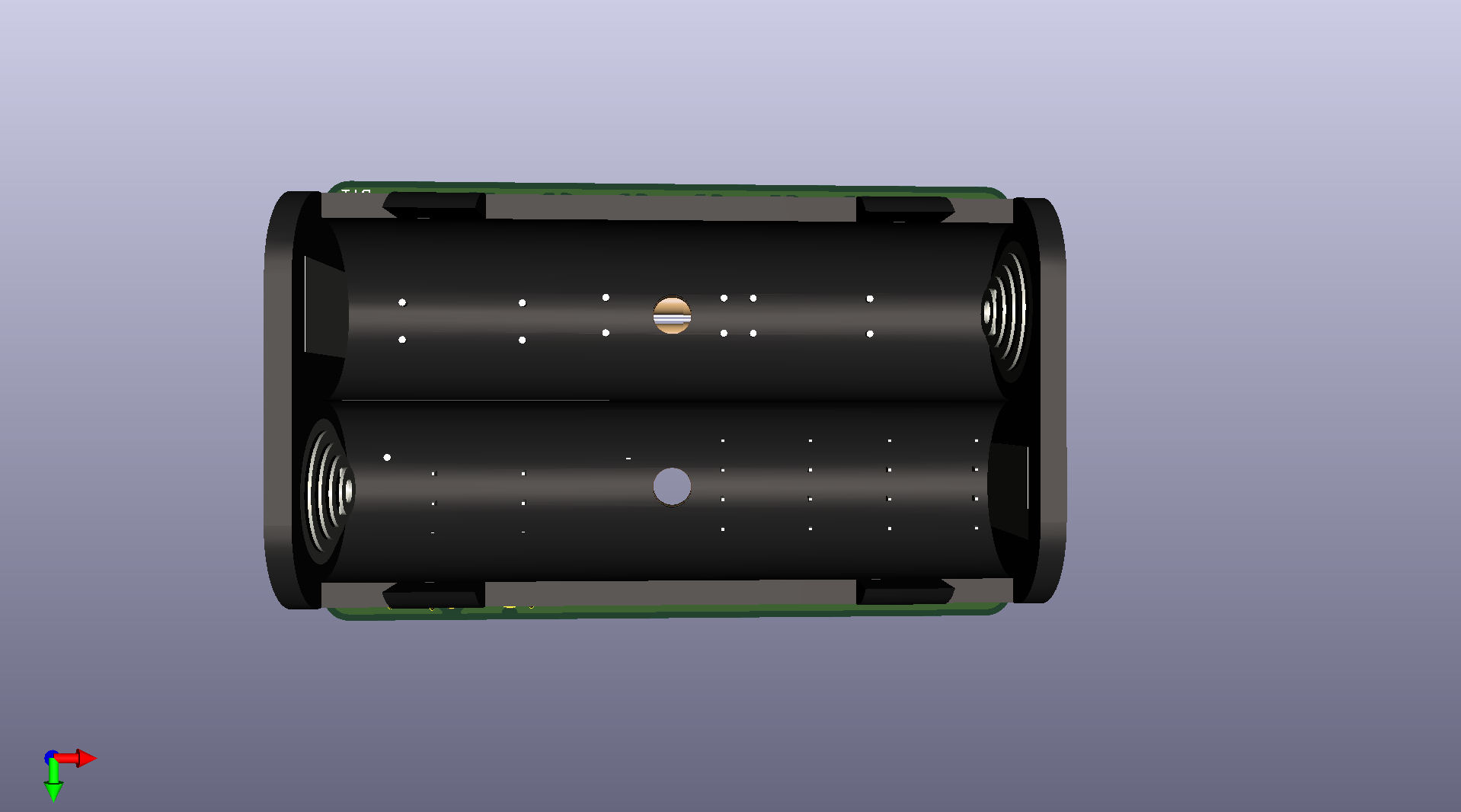


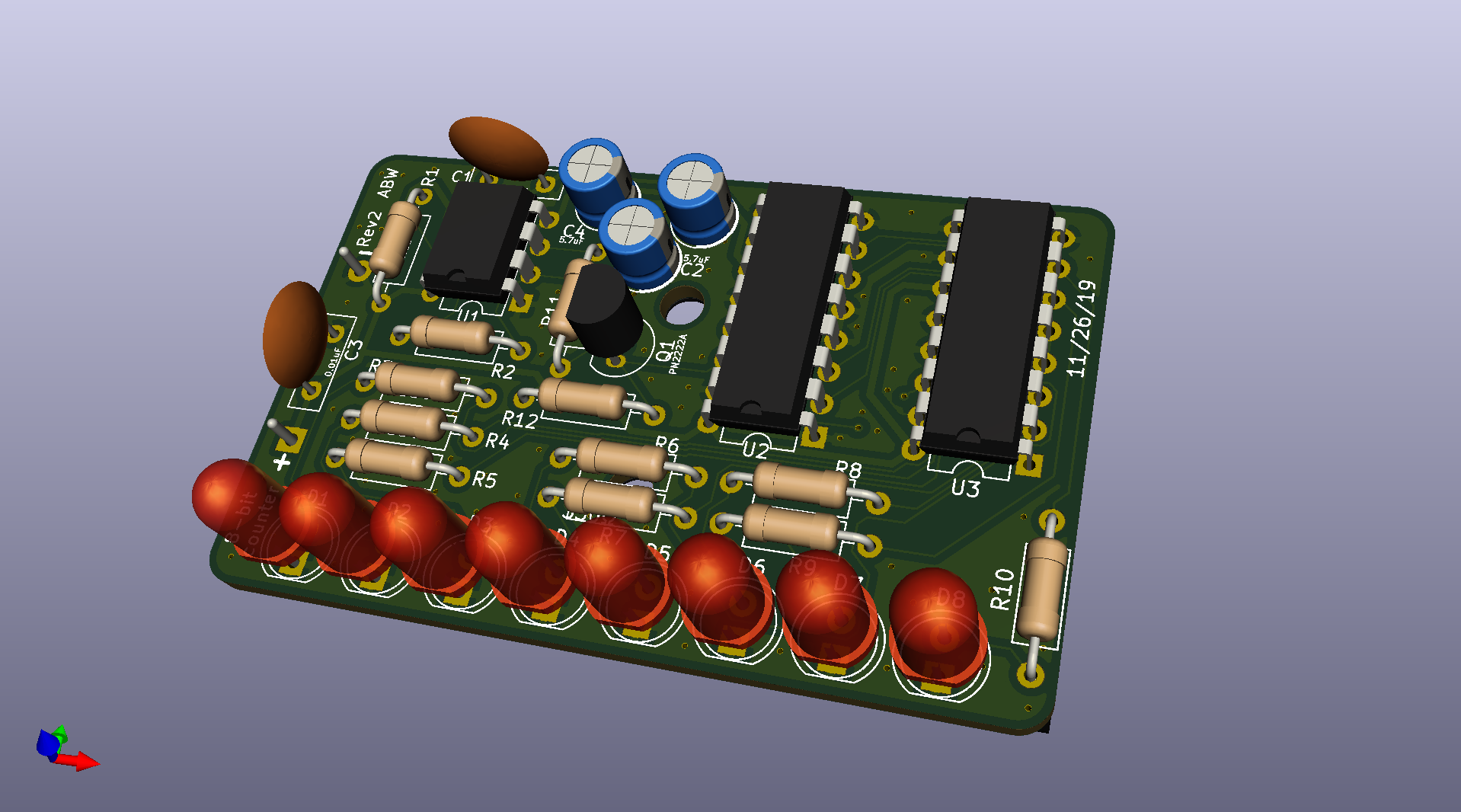

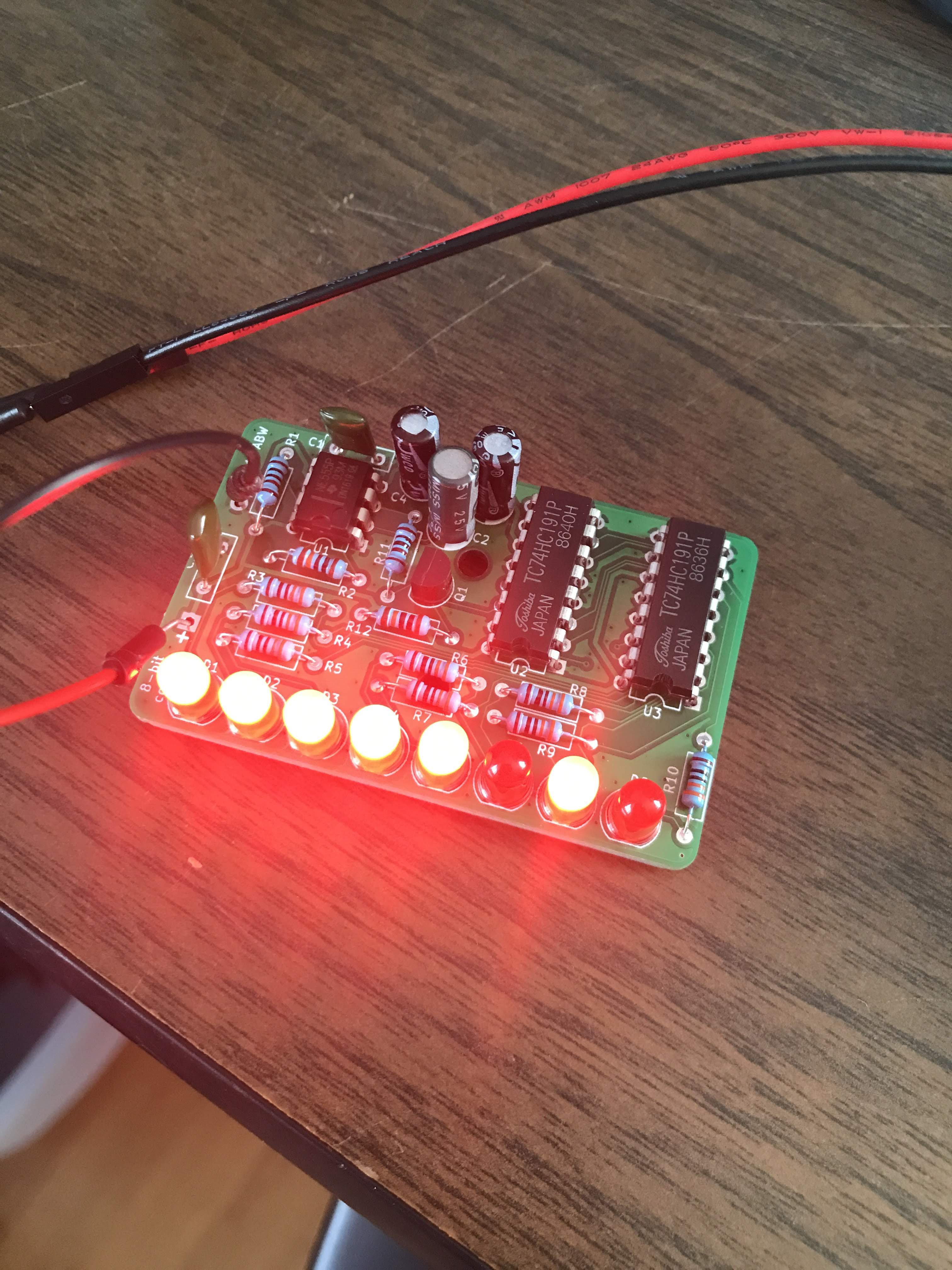

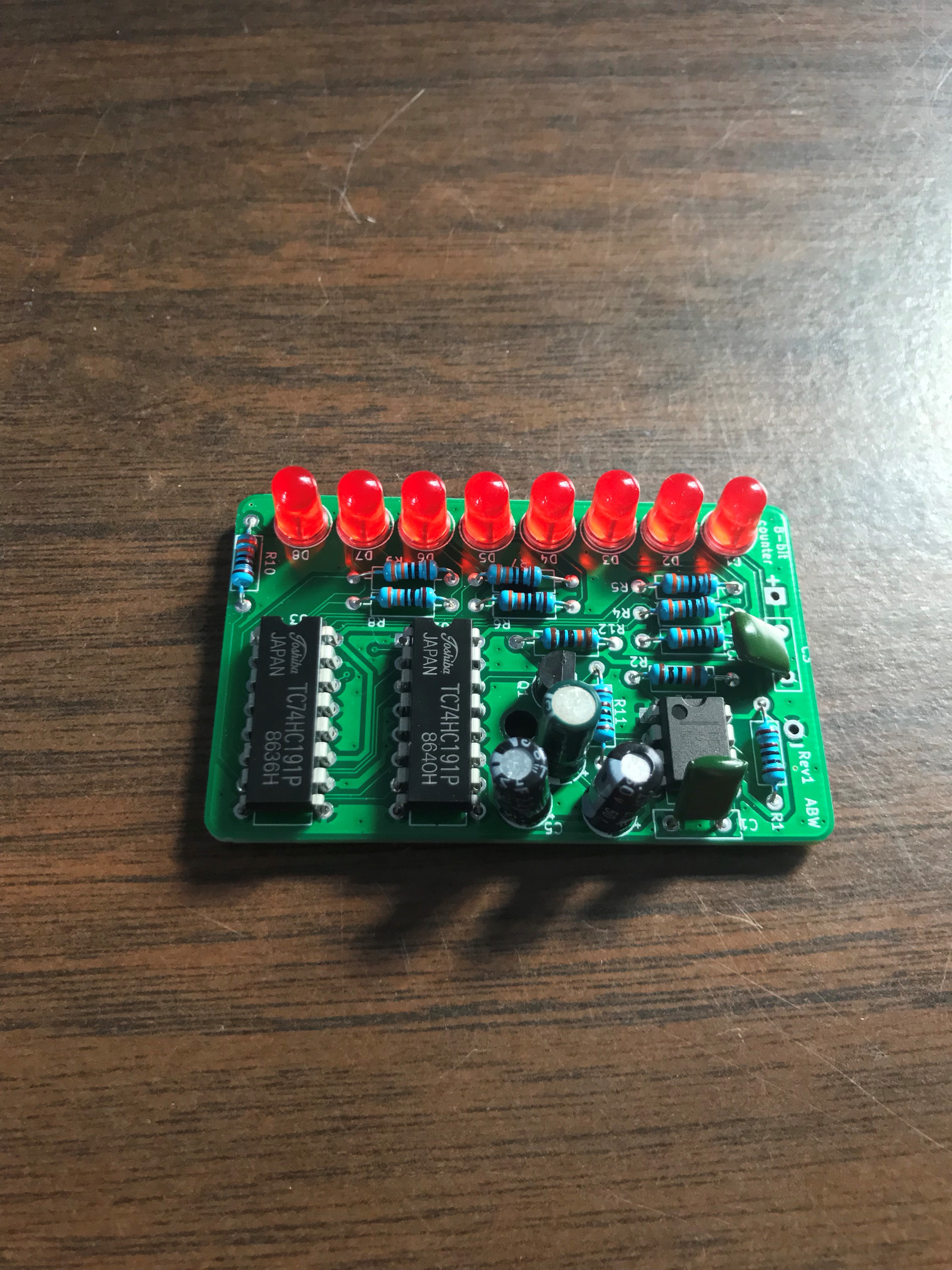
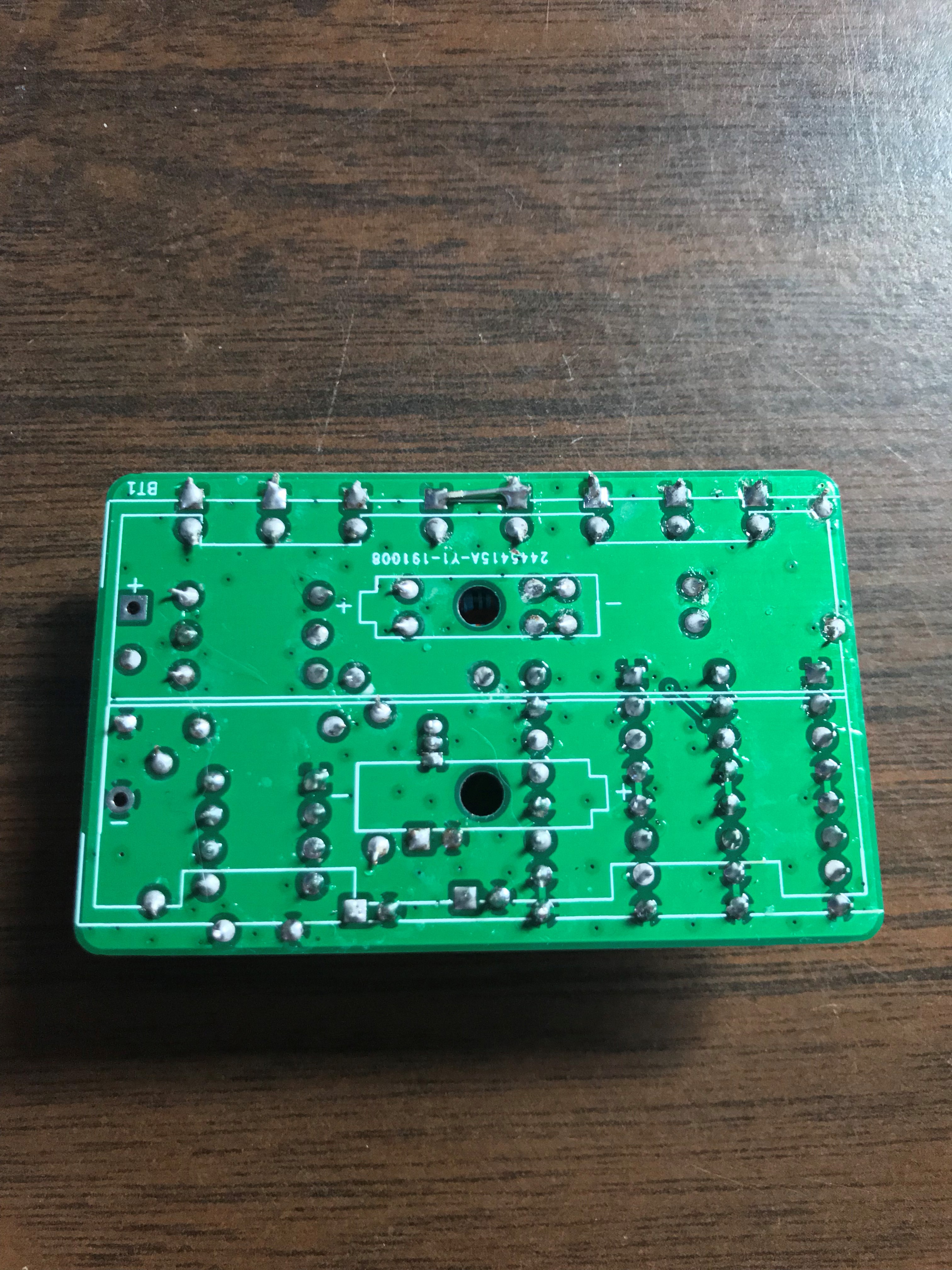


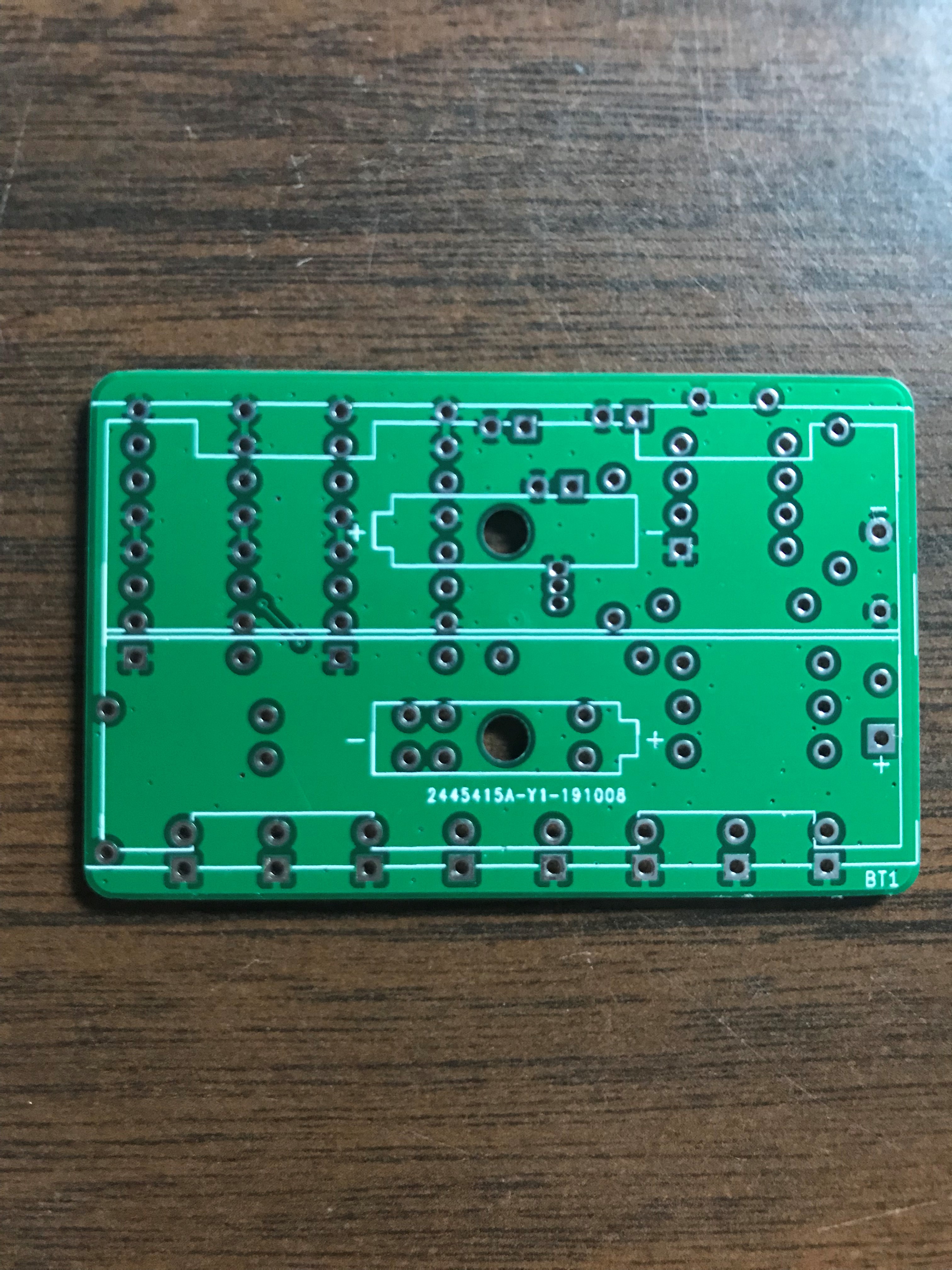



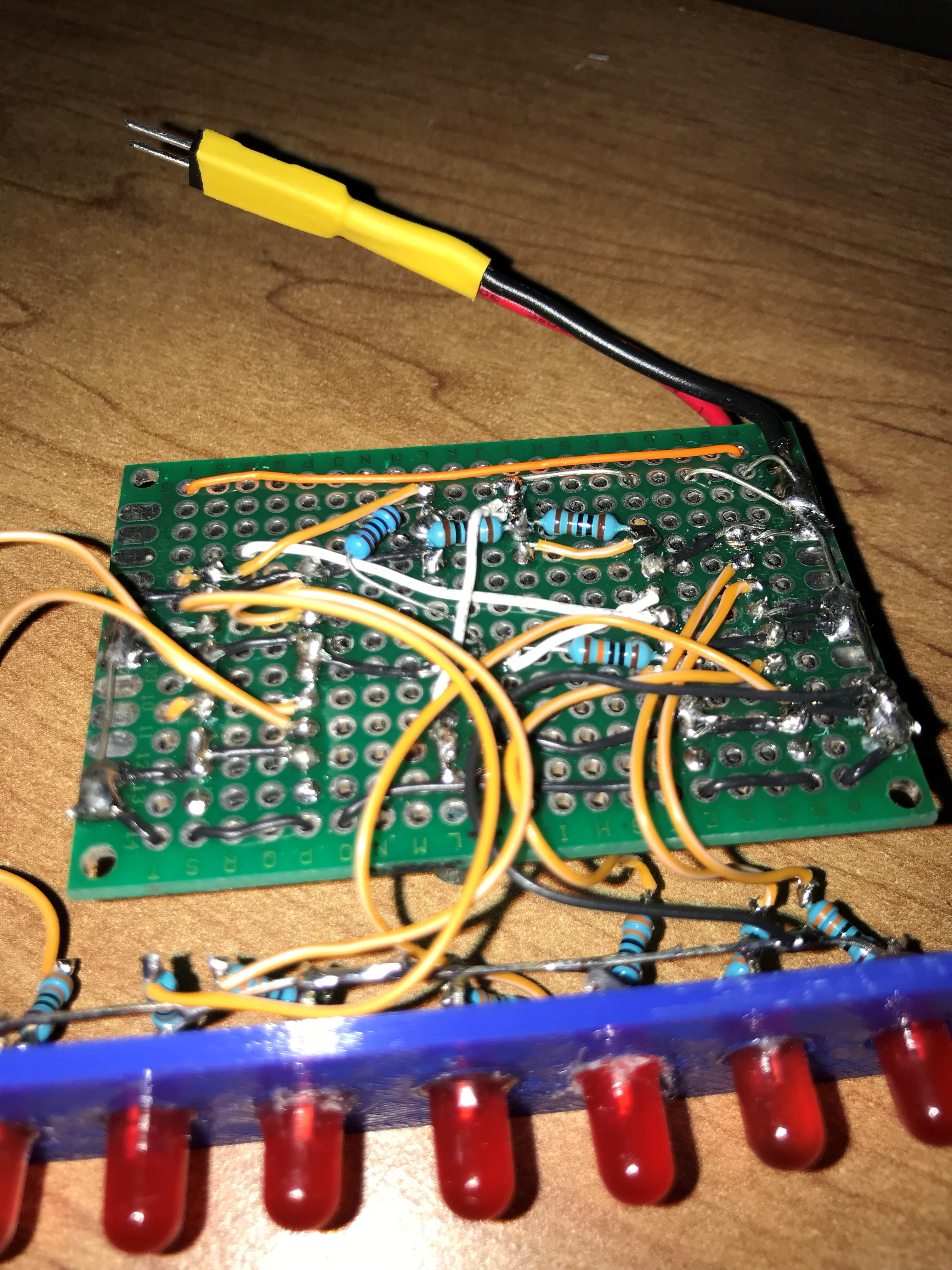
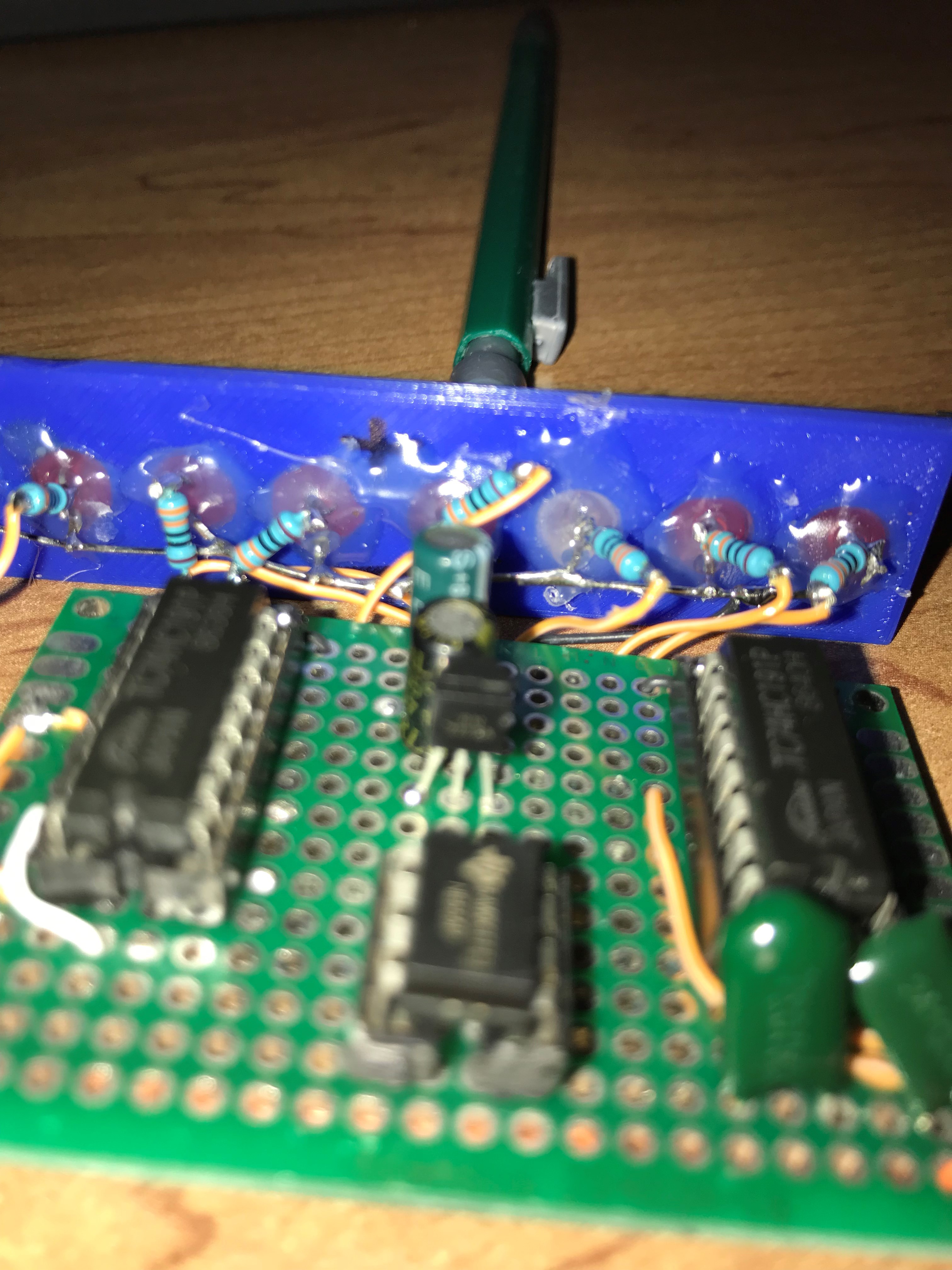
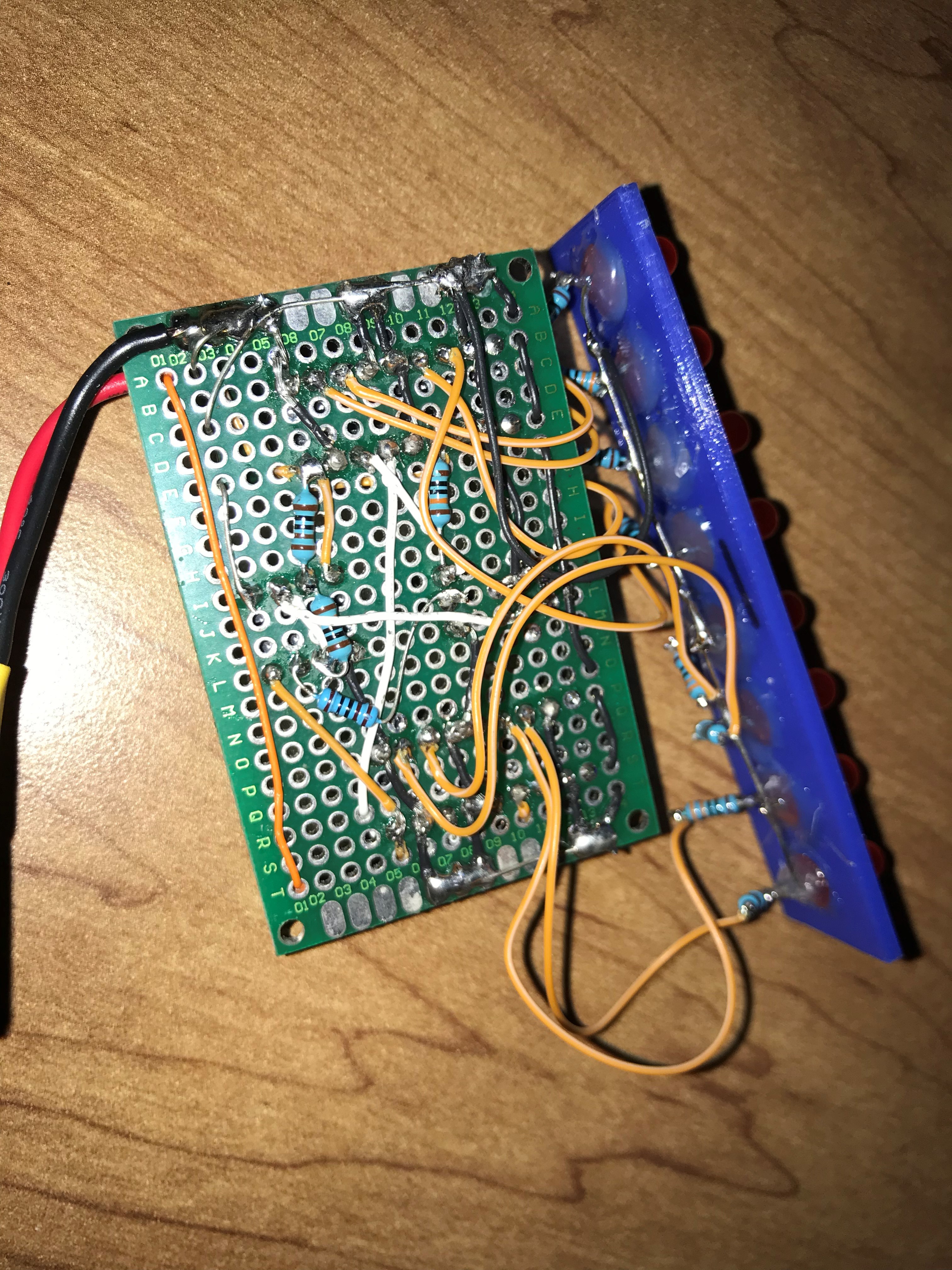
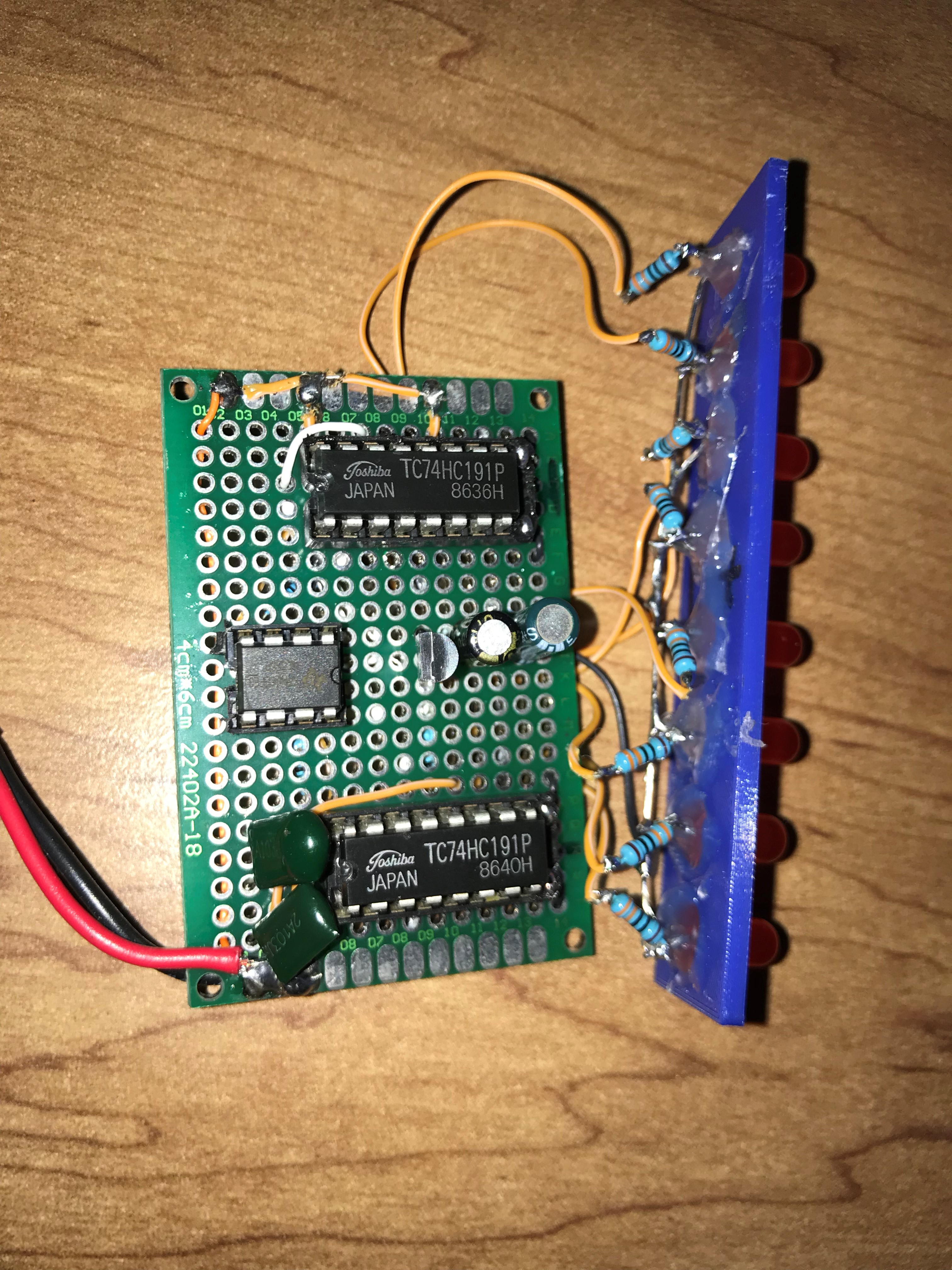
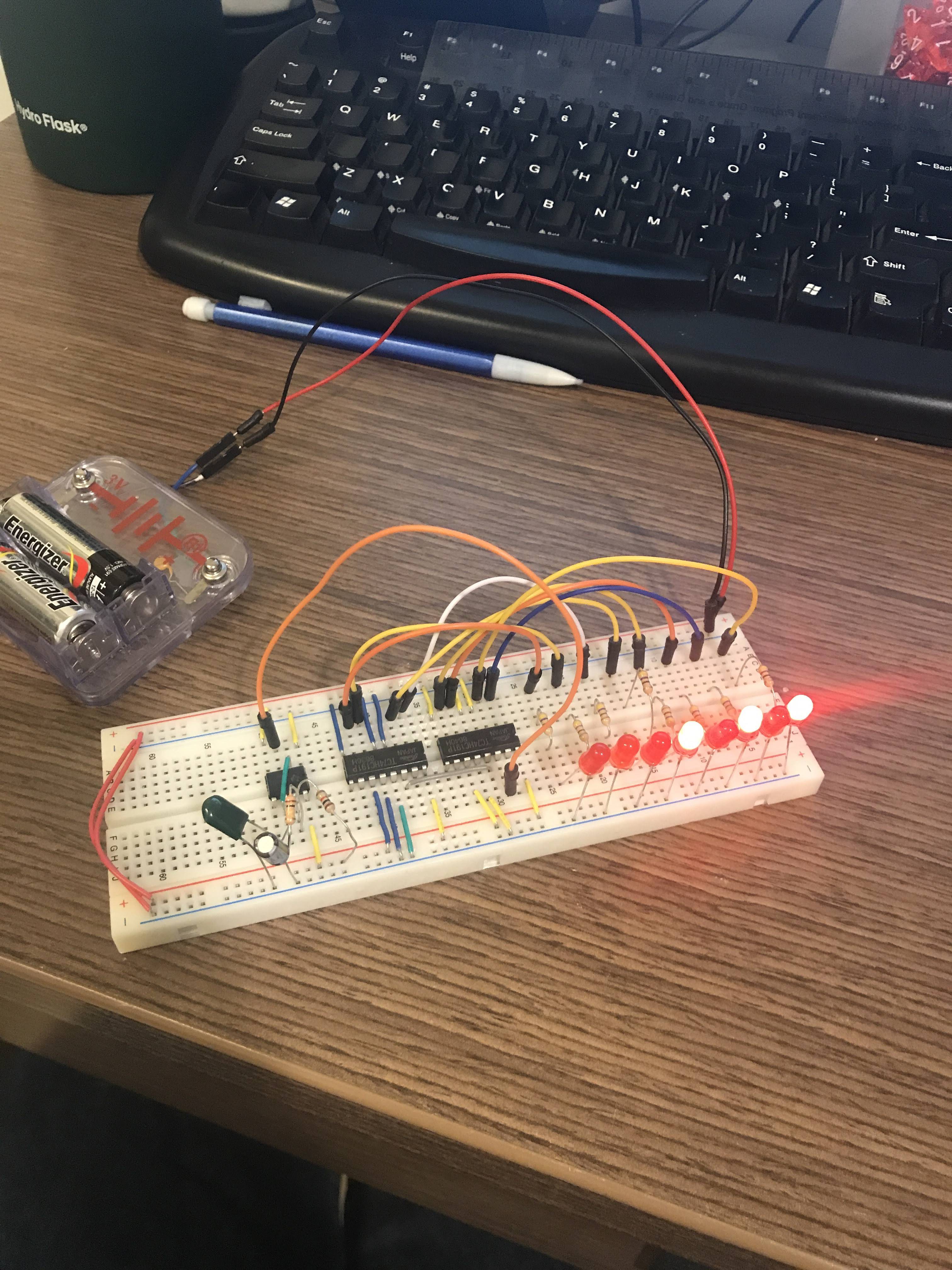




 Michael Delaney
Michael Delaney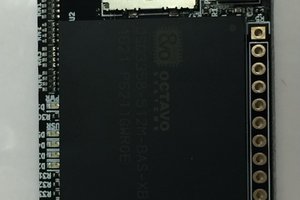
 Michael Welling
Michael Welling
 Tom Thoen
Tom Thoen
 DIY GUY Chris
DIY GUY Chris
Sure, why not, good practice in design and assembly. BTW, they are called datasheets, not spreadsheets.